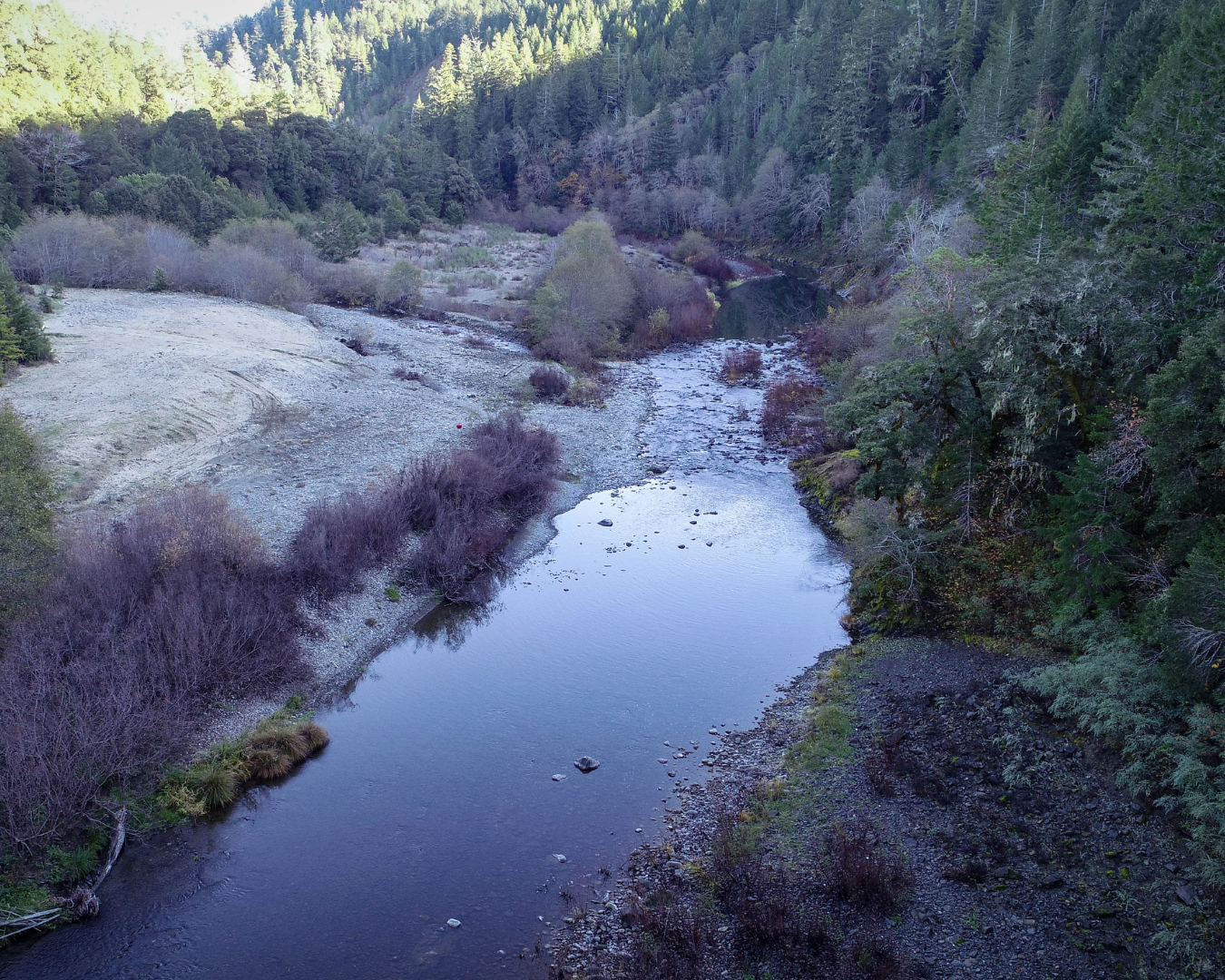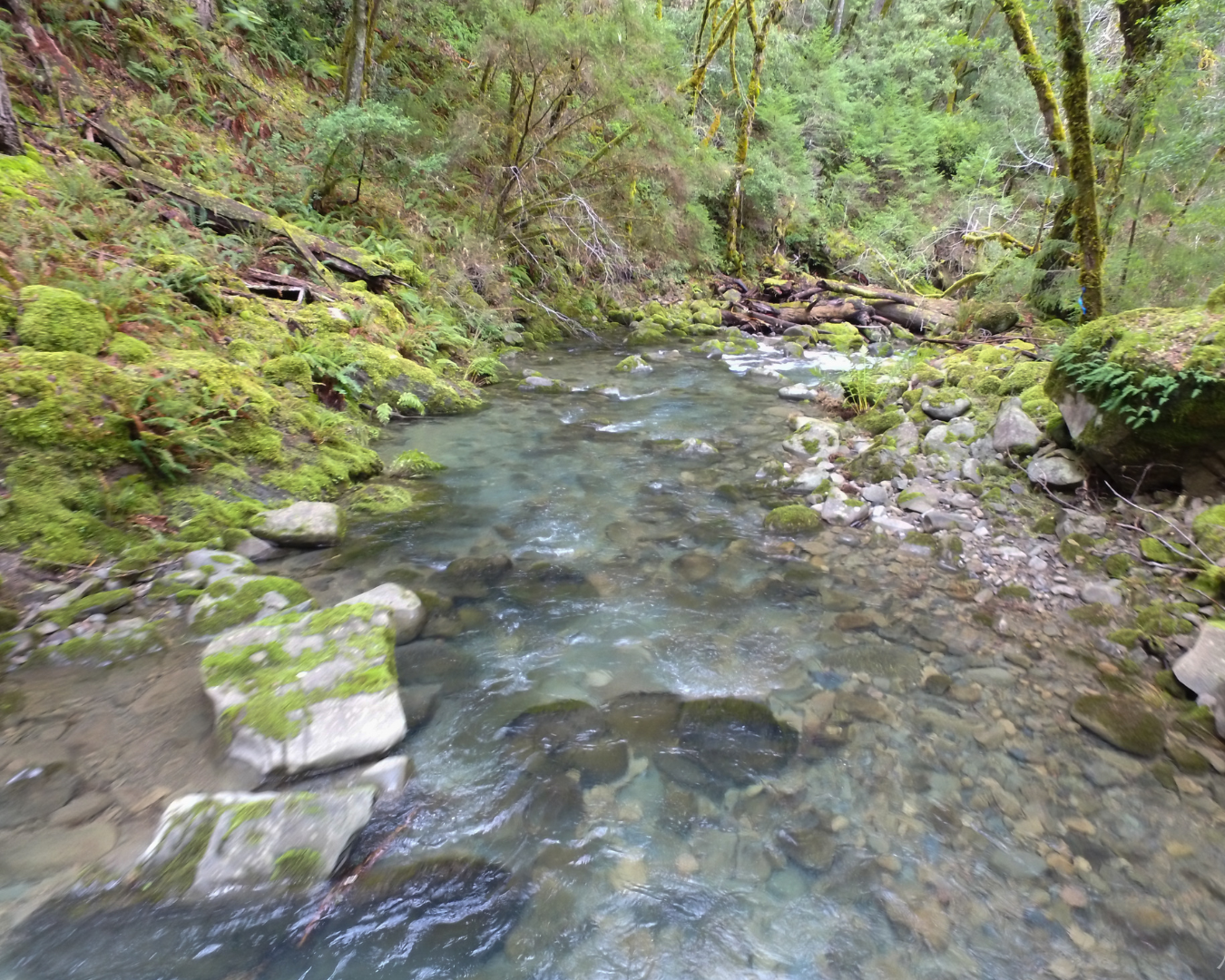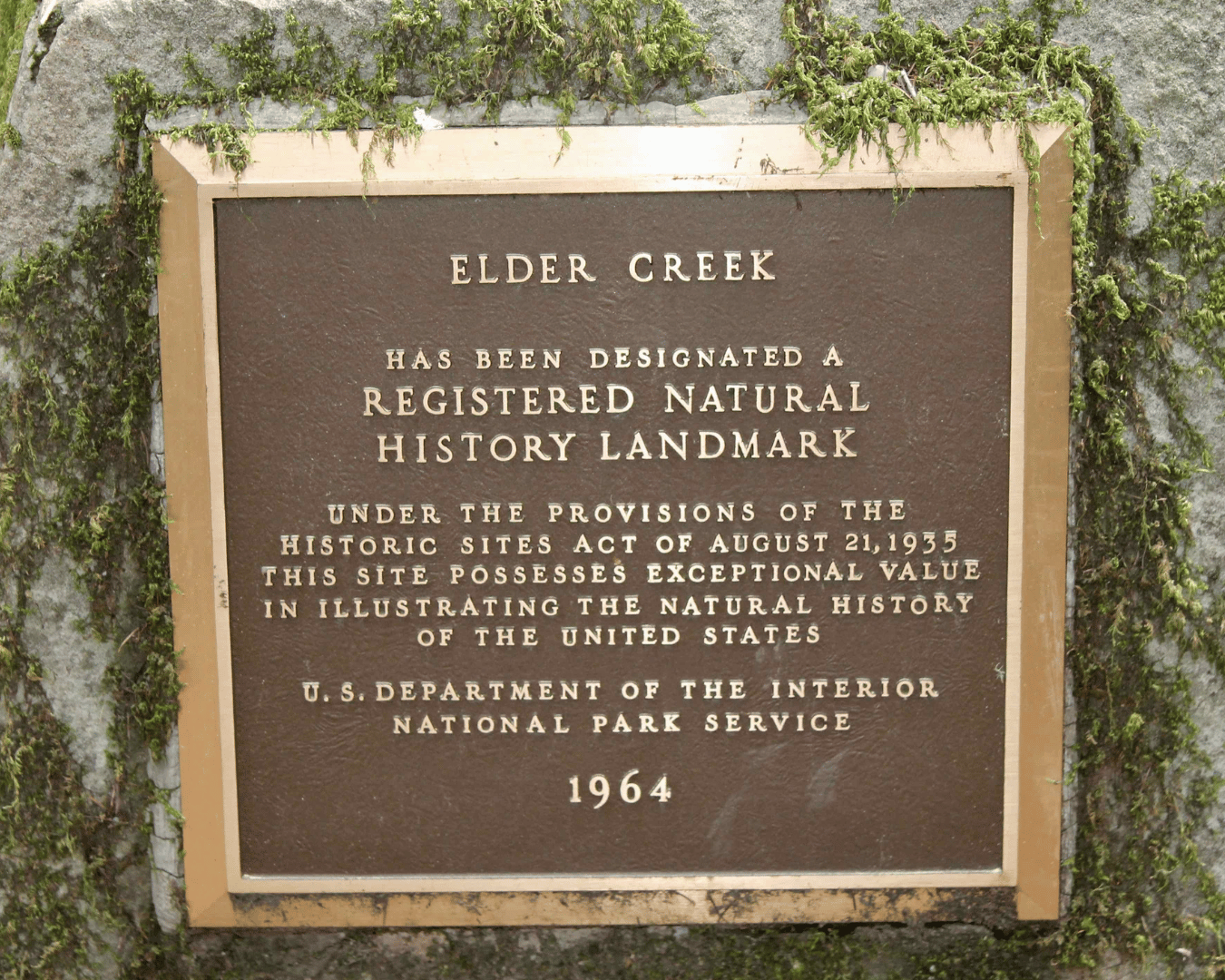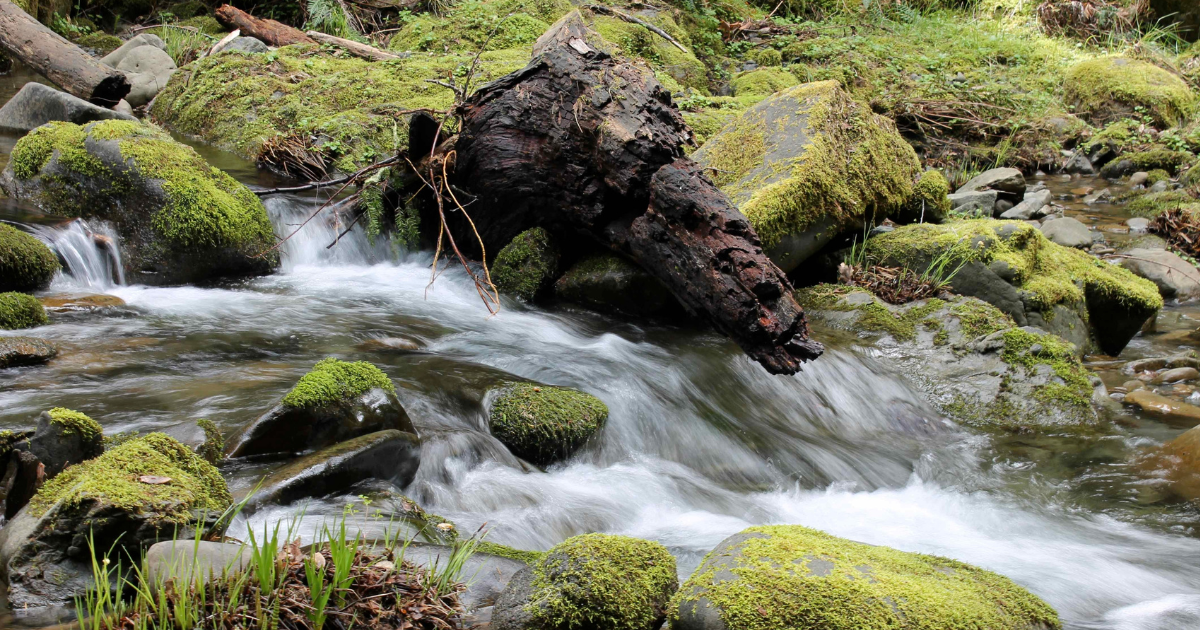Protecting California’s Waters: Leveraging Outstanding National Resource Waters Designation
Climate change is driving record-setting droughts, uncontrolled wildfires, and extreme temperatures, all of which jeopardize our water security. At CalTrout, we believe in taking proactive measures to safeguard our watersheds. Waiting until the damage is done is not an option – the time to act is now. Fortunately, we have a powerful tool at our disposal: the Outstanding National Resource Waters (Outstanding Waters) designation.
After years of studies, campaign building, and advocacy, the North Coast Regional Water Quality Board approved CalTrout’s request to designate Elder Creek and Cedar Creek as Outstanding Waters, the first step in the official designation process. Over the next few months, our experts will be collaborating closely with the Board to secure these critical protections – an important step towards ensuring water security for all Californians, people, and wildlife.
A Powerful Tool for Protection
The Outstanding Waters designation is a potent yet underutilized tool in our conservation toolbox offering robust protection for waters of exceptional cultural, recreational, or ecological value. It safeguards against degradation while preserving existing land use practices, Tribal and cultural actions, and future restoration work.
While many states have enthusiastically embraced this designation, California – home to one of the world's largest water systems – has lagged behind. Currently, only two bodies of water in the state, Lake Tahoe and Mono Lake, enjoy this protected status. That's why CalTrout has joined forces with the CalWild, Trout Unlimited, and Pew Charitable Trusts to champion vital protections through the Outstanding Waters designation for our most critical water resources.


Identifying Key Tributaries in California
Working closely with our partners, CalTrout identified two key tributaries in the upper South Fork of the Eel River that are prime candidates for the Outstanding Waters designation: Elder Creek and Cedar Creek. Both waterways are home to at-risk salmon and steelhead populations and have been recognized by the Bureau of Land Management for their outstanding scenery, fish, geology, ecology, and/or science research values. The proposed Outstanding Waters designation applies to Cedar Creek, North Fork Cedar Creek, Little Cedar Creek, and other tributaries and wetlands on public lands.
Elder Creek is one of the most studied stream segments in California, if not the world. It also flows through one of the largest continuous tracts of undeveloped coastal conifer forest remaining in California. Cedar Creek is equally important, providing habitat for the threatened northern spotted owl and nurturing rare plant species in its unique serpentine soils. The geology of this area naturally stores water and provides critical cold-water recharge to the South Fork Eel Wild & Scenic River.
CalTrout is working tirelessly to secure the Outstanding Waters designations for these vital ecosystems to guarantee that our most treasured places stay as special and healthy as they are now for generations to come.

From Local Waters to Statewide Impact – CalTrout's Holistic Approach
Ensuring water security and ecosystem restoration requires coordinated efforts across local, state, and federal levels, combining policy initiatives, on-the-ground conservation work, and community engagement.
“Outstanding Waters designation is a powerful tool and it's just one piece of a larger puzzle,” says Redgie Collins, CalTrout’s Legal and Policy Director. “Here at CalTrout, we recognize that conservation is not possible without policy. Our goals are to build climate resilient communities and ecosystems, and this demands a multifaceted approach.”
That's why we're deeply involved in California's ambitious 30x30 initiative, which aims to conserve 30% of the state's lands and coastal waters by 2030. Our work involves strategic planning, forging partnerships, and implementing projects that will restore biodiversity, expand public access to nature, and bolster our resilience to climate change.
On the national stage, CalTrout is proud to be an inaugural member of the America the Beautiful Freshwater Challenge – a White House initiative dedicated to safeguarding the nation's freshwater resources. Alongside over 160 partners, we've committed to a bold goal: protecting, restoring, and reconnecting 8 million acres of wetlands and 100,000 miles of rivers and streams by 2030.
Join the Fight for California's Water Future
As we continue our work to secure this vital safeguard for Elder Creek, Cedar Creek, and beyond, we invite you to join us in this crucial mission. With 75% of our state's water originating north of Sacramento, protecting these resources is not just an environmental imperative – it's essential for the future of our entire state.





